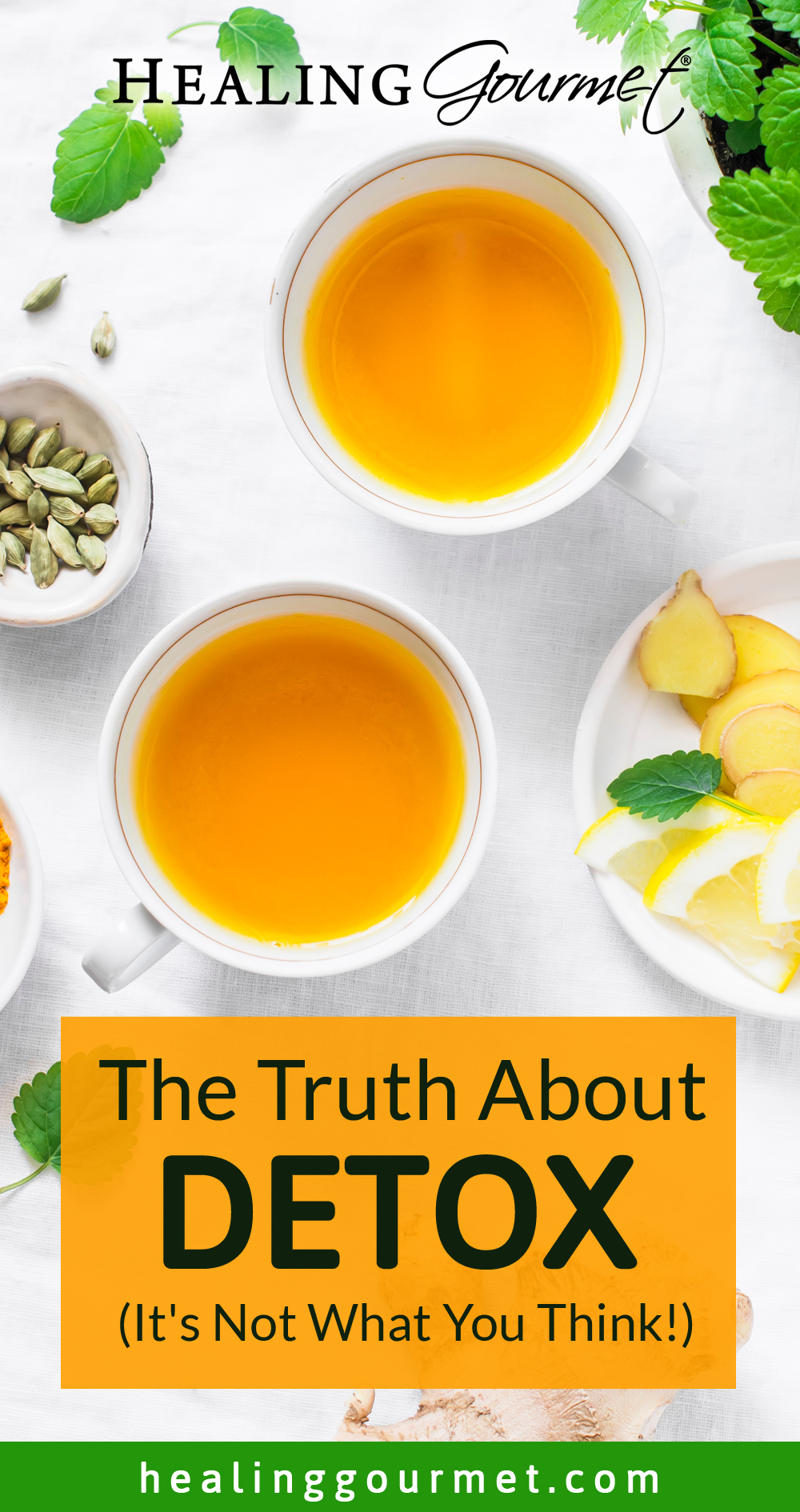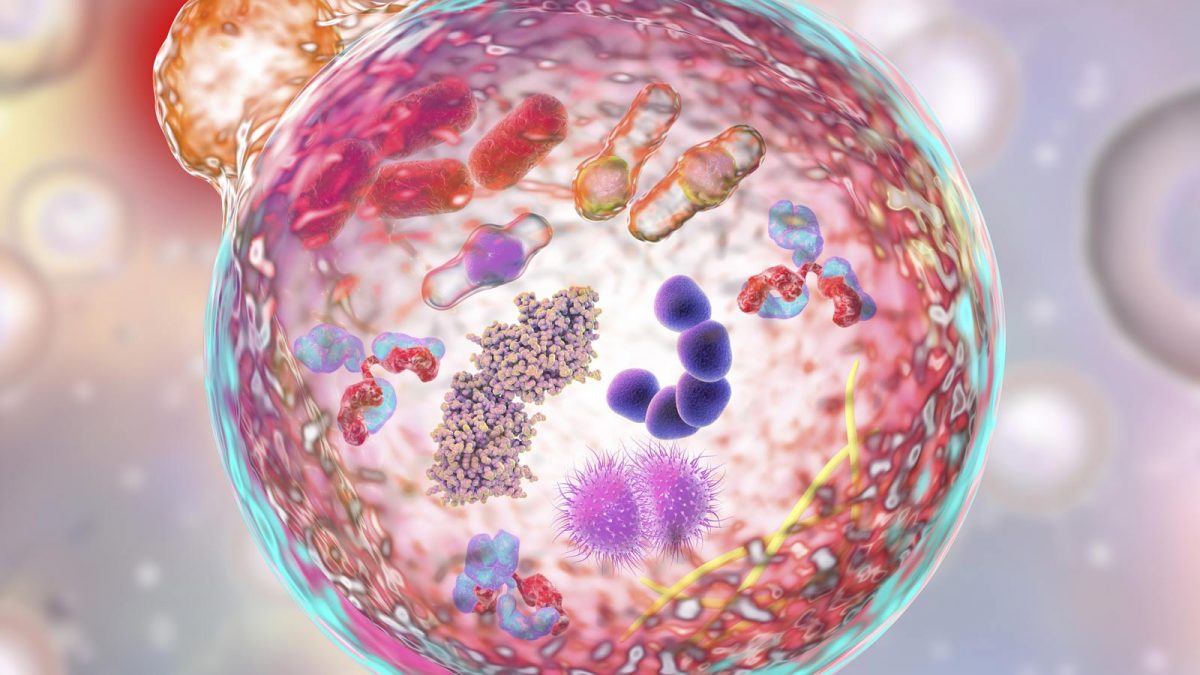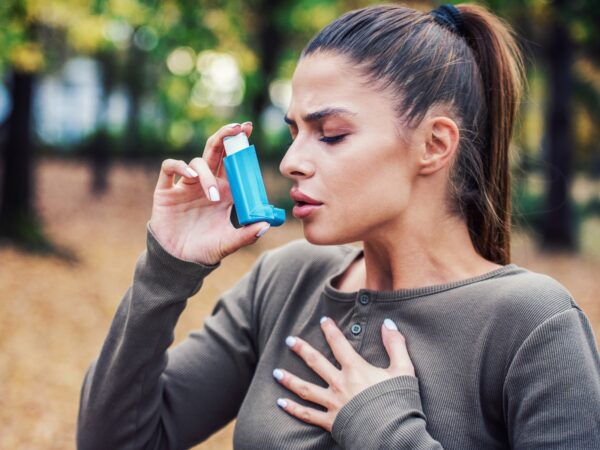Autophagy – The REAL Detox Diet
The word “detox” is probably the most overused and misunderstood term in the field of health and nutrition. And the greatest offenders might be the purveyors of detox smoothies…
Many so-called “detoxifying smoothie” recipes you see online contain more sugar than a can of Coca-Cola! And the type of sugar in these concoctions – primarily fruit sugar, or fructose – actually does the opposite of detoxifying your body.
Fructose metabolism stands in stark contrast to that of glucose. While glucose is readily metabolized and converted to energy by nearly every cell in your body, fructose is only processed in the liver. And a diet rich in fructose – which is the norm in today’s world – places extraordinary burden on your body’s primary detoxifying organ.
————————————–
HIGHLY RECOMMENDED:
Discover the Profound Dangers of Fructose
(PLUS: How You can Still Enjoy ALL Your Favorite Desserts – Guilt Free!)
————————————–
Fructose damages the liver in the same way as alcohol and other toxins. And considering that its consumption has increased 400 percent in the last fifty years, it is no surprise that fatty liver disease has more than doubled during the same time period.1 Nearly one third of American adults currently suffer from non-alcoholic fatty liver disease!
So, please forget about drinking sugar-filled smoothies to “detoxify” your body!
But that does not mean that you cannot promote true cellular renewal through diet…
In today’s message, we explore a cellular cleansing process that can truly make you look and feel younger, while enjoying a longer, heathier life!
I will show you the three primary ways to dial up the process (and the foods that stop it cold).
Autophagy: The Little-Known Key to Health & Longevity
Your body is in a constant state of renewal. Every second of the day you are breaking down old cells, while new ones are being created. New proteins are formed as others are expended.
When a cell has reached the end of its useful life, it undergoes a process called apoptosis (or programmed cell death). This is an orderly process to rid the body of cells which are too old, damaged or mutated for repair. The cell is broken down into component parts and then packaged up for “garbage collection” by various immune cells.
But there are other times when only certain parts of the cell need to be replaced – like replacing a dead battery or broken belt in a car.
This process is called autophagy – derived from the Greek auto (self) and phagein (to eat).2 In other words, autophagy is a metabolic process where old, weak and broken cellular structures are repaired, recycled and renewed through a form of self-cannibalization.
And when it comes to anti-aging and detoxification…
Autophagy is Quite Literally the Fountain of Youth!
This orderly metabolic renewal process uses “garbage-disposal” structures called lysosomes. These organelles break down and reuse our cellular parts.3,4 The component parts are then converted to amino acids – the building blocks of proteins – and transported to other parts of the body, where they are used to rejuvenate cells and rid the body of junk (this is the true meaning of “detoxification” at the very deepest level).
As this internal “spring cleaning” removes cellular clutter, aging is literally reversed. What is old becomes new again.
And the benefits of autophagy go well beyond looking and feeling younger…
This process also helps to destroy pathogens, while building newer and stronger immune cells.5 And a stronger immune system not only means better resistance to infections, but to cancer as well. In addition to improving surveillance against mutated cells, autophagy protects the integrity of the cell’s nucleus (which prevents cancer cells from forming in the first place).6,7
Research also shows that autophagy helps to reduce inflammation and insulin resistance, and can improve the symptoms and outlook for people suffering from neurodegenerative disease like Parkinson’s and Alzheimer’s.8,9,10
Dr. Colin Champ, who is a board-certified radiation oncologist, professor at the University of Pittsburgh Medical Center, and author of the book Misguided Medicine, says:
So, now that we’ve covered how autophagy works – and how it works to improve your health – let’s discover how you can turn on this process at will.
And, perhaps even more important, how to ensure you don’t turn off this disease fighting, detoxifying, anti-aging process…
The Foods that Halt Cellular Detoxification
The primary factors that shut down autophagy are the consumption of dietary carbohydrates and the subsequent production of the hormone insulin.11,12,13
That means those green smoothies, quinoa bowls, fresh-pressed juices you find at the so-called “detox” websites are actually very adept at turning off your deepest cellular detoxification process. The same goes for the honey- and date-sweetened desserts on all the Paleo Blogs.
You should also be careful to avoid excessive protein. Many people are not aware that protein can be converted to glucose through a process called gluconeogenesis. And studies have also show that the amino acid leucine in particular, stops autophagy.14
Of course, this doesn’t mean you should restrict protein to the same extent that you might restrict carbs. But it is important to understand that a high-protein diet can still trigger a strong insulin response in some people and dampens the effects of autophagy.
Now, let’s explore how to flip on the switch for your internal housekeeping……
Three Keys to Activating Autophagy
The primary driver for autophagy is fasting.
So how long do you need to fast?
Autophagy occurs in varying degrees in different tissues. In general, when your blood sugar and insulin levels are low, you will induce autophagy. Therefore, following a “16/8” intermittent fasting plan can be very effective at initiating this process on a daily basis. That would mean you fast for 16 hours each day and eat within an eight-hour window.
Many people follow an “eating window” that is even more compressed. They consume their meals during a four-hour window and fast during the remainder.
However, it is extended fasts – 36 hours and beyond – which provide the greatest benefits of autophagy. In fact, many doctors now believe that a quarterly water fast of three to five days is one of the best things you can possibly do (apart from maintaining a healthy daily diet) to improve your longevity and disease resistance.
If we use the housekeeping analogy, shorter intermittent fasting cycles are like a regular cleaning. Whereas a three-day fast (and beyond) provides the deepest cellular cleansing.
A Ketogenic Diet: The Feasting “Hack” that Activates Autophagy
While fasting is a highly valuable health tool with a long list of benefits, most people would like to tap into the benefits of autophagy – and still enjoy their juicy grass-fed ribeye!
Enter the keto diet…
The ketogenic diet is one that is rich in healthy fats, low in carbohydrates and low to moderate in protein. This is a way to biochemically mimic the effects of fasting. The keto diet helps to activate lysosomes, those garbage-disposal structures that help break down old and faulty proteins.
This diet also produces ketone bodies. These are not only an efficient and clean-burning fuel source – they also turn on a mechanism called Chaperone Mediated Autophagy (CMA). This process selectively recycles cellular junk. And all you have to do to initiate the process is to avoid carbs!15
Quoting Dr. Colin Champ again:
“Ketosis is like an autophagy hack. You get a lot of the same metabolic changes and benefits of fasting without actually fasting.”
Finally, there is a third way to induce autophagy…
Exercise-Activated Autophagy
In animal studies, researchers found that acute exercise turns on autophagy in skeletal and cardiac muscle cells. It also stimulates autophagy in the liver and pancreas (where insulin is made), recycling and renewing these important metabolic cells.16
In an animal study, published in the journal Nature, autophagy was turned on after 30 minutes of exercise. However, it plateaued after 80 minutes. This supports the notion that shorter-duration, higher-intensity exercise is preferable to long-duration “chronic” cardio.
Feast & Fast: Striking the Perfect Ancestral Balance
Our understanding of autophagy is still in its infancy. But like most things in life, it is about balance. Both too much and too little autophagy can make us sick.17
But there’s good evidence that that the stress of autophagy is something that humans are quite adept at handling. Dr. Champ says:
“It’s our ancestral and evolutionary response to dealing with feast and famine in times of stress. Since a lot of these things would kill us, like starvation and exercise, it only makes sense that after millions of years we adapted those mechanisms to make them positive.”
For optimal health – and to enjoy the benefits of the closest thing we’ll ever get to the “Fountain of Youth” – adopt the natural cycle our ancestors enjoyed. Enjoy regular cycles of “feasting” and “fasting” to allow for cellular growth during eating… and cellular cleansing during fasting.





I really love fruit juices and fruit smoothies. I tend to get those bottled fruit juices that just have the fruits as the only ingredient(s) in stores and make fruit filled smoothies at home- never any added sugar. I have them daily, several times a day. I can’t go a day without them. Would natural sugar/fructose, from just the fruit themselves in the juices and smoothies cause similar need/addiction for it like the added stuff?
Fruit and fruit smoothies are high in carbohydrates and are mostly made up of fructose or fruit sugar. As Kelley explained, fructose is metabolized in the liver which can cause NAFLD or non alcohol fatty liver disease.
There is an exception. Berries are lower carb, but a smoothie would still have to contain healthy fats like full fat coconut milk or organic cream and no added sugars. Stevia and erythritol are safe sweeteners that do not impact blood sugar.
When you eat sugars this affects your blood sugar and fat metabolism. In effect eating sugar and fruit sugars (and in fact many carbs) switches off your fat-burning (lipolysis) and can lead to insulin resistance, type 2 diabetes, overweight and obesity.
All is not lost though. There are plenty of amazing recipes in Kelley’s books.